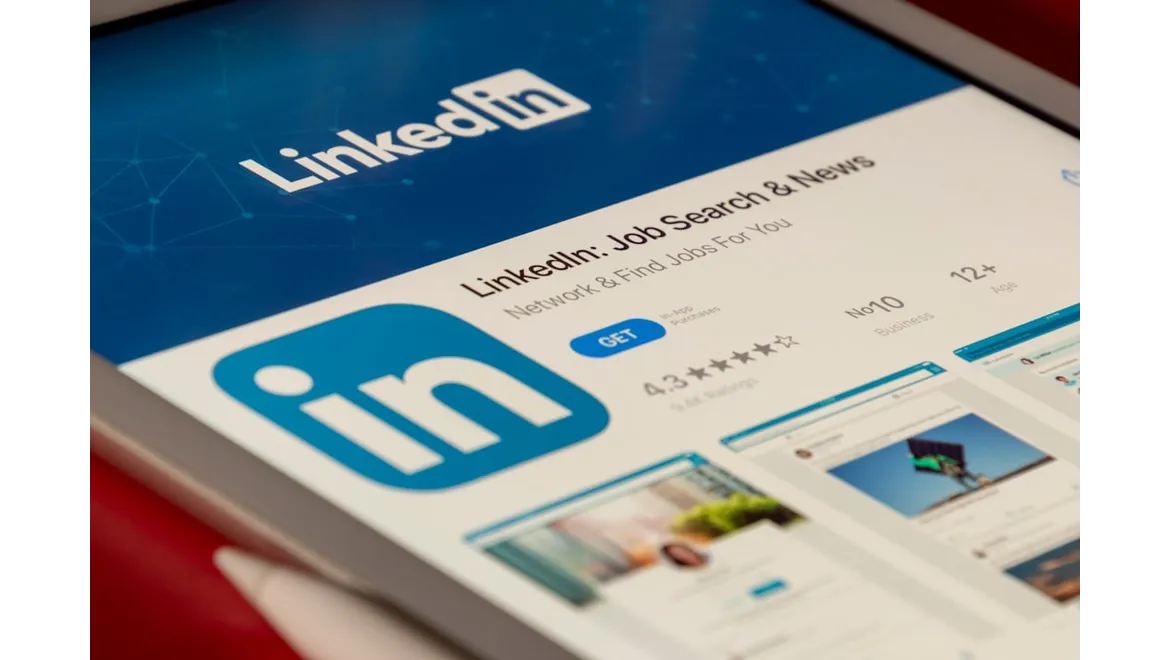So, I recently had a brilliant chat with Millie, a LinkedIn marketing guru, about something that’s been buzzing in my head for a while: how to really leverage LinkedIn Learning for lead generation. We’ve all seen the courses and the micro-learning modules, but how do we make them work for us, specifically when it comes to bringing in new business? Turns out, interactive quizzes and assessments are a secret weapon. Let me tell you what I learned.
The Power of the Interactive Quiz: More Than Just Fun & Games
Millie was adamant: quizzes aren’t just for entertainment. When designed strategically, they become powerful diagnostic tools and lead magnets. She explained that the key is to think of your target audience’s pain points and the skills they need to overcome them. “It’s about genuinely helping them understand where they stand and offering solutions that genuinely help”.
Think about your target client. What are they struggling with? What skills are they lacking? Create a short, interactive quiz that addresses these areas. Instead of simply asking factual questions, frame them around real-world scenarios and challenges they face daily.
For example, if you offer project management training, a quiz could include questions like: ‘You’re managing a project with a tight deadline and resources are stretched. How do you prioritise tasks effectively?’. The options should represent different levels of understanding, from basic to advanced. If you are selling a SaaS project Management System this is a golden oppertunity to understand current capabilities.
Designing Effective Quizzes: Knowledge + Insight = Gold
Millie walked me through some crucial design elements to make quizzes effective. She stressed the importance of these points, they were key to success:
- Keep it Concise: Nobody wants to spend 30 minutes on a quiz. Aim for 5-7 questions. This ensures a high completion rate.
- Clarity is King: Use clear, unambiguous language. Avoid jargon or overly technical terms. These are good oppertunities to gauge understanding of terminology that your audience may require.
- Provide Immediate Feedback: After each question, offer a brief explanation of the correct answer and why it’s the best choice. This is where the ‘learning’ happens.
- Tailor to Skill Levels: Design questions that cater to a range of skill levels. This allows you to segment your audience later on.
- Visual Appeal: Make the quiz visually appealing with relevant images and a clean layout. Good branding can also drive engagement and make the course look much more appealing.
Millie highlighted that once the Quiz is designed it is crucial to conduct thorough testing prior to release to ensure ease of use, accuracy and accessibility.
From Quiz Taker to Lead: The Conversion Magic
Here’s where things get really interesting. Millie revealed how to transform quiz results into valuable leads and segment your audience:
- Gated Content: Require quiz takers to provide their email address (and other relevant information, like industry or job title) to receive their results and personalized recommendations. Be upfront about this from the start to manage expectations.
-
Personalized Results Page: Based on their score, direct users to a tailored results page. This page should include:
- A summary of their strengths and weaknesses.
- Specific recommendations for further learning (pointing them towards your LinkedIn Learning courses or micro-learning modules).
- A clear call to action, such as “Book a consultation” or “Download our free guide.”
-
Automated Follow-Up: Use marketing automation to send targeted email sequences based on quiz performance. For example:
- Those who scored highly could receive an invitation to join an exclusive group or attend a premium webinar.
- Those who scored lower could receive a series of emails highlighting the benefits of your courses and offering a special discount.
“Segmentation is absolutely critical,” Millie emphasised. “Knowing your audience’s skill levels allows you to deliver highly relevant content and offers, increasing the likelihood of conversion.”
LinkedIn Learning & Skill-Based Marketing: The Winning Combo
Millie underscored the power of positioning your company as a provider of valuable professional development resources. By creating and sharing insightful LinkedIn Learning courses or micro-learning modules, you’re not just selling a product or service; you’re investing in your audience’s success. This builds trust and credibility, making them far more likely to choose you when they need a solution.
Consider offering a free introductory module or a series of short videos that address a specific skill gap. Promote these resources through your LinkedIn company page and encourage your employees to share them with their networks. This not only expands your reach but also establishes your company as a thought leader in your industry.
So, what did I take away from my conversation with Millie? Interactive quizzes, combined with a smart LinkedIn Learning strategy, are a game-changer for lead generation. By designing effective quizzes that test knowledge, provide valuable insights, and offer personalized recommendations, you can attract prospects, segment your audience, and position your company as a trusted provider of professional development resources. It’s all about understanding your target’s needs and offering genuine help – the leads will follow.











